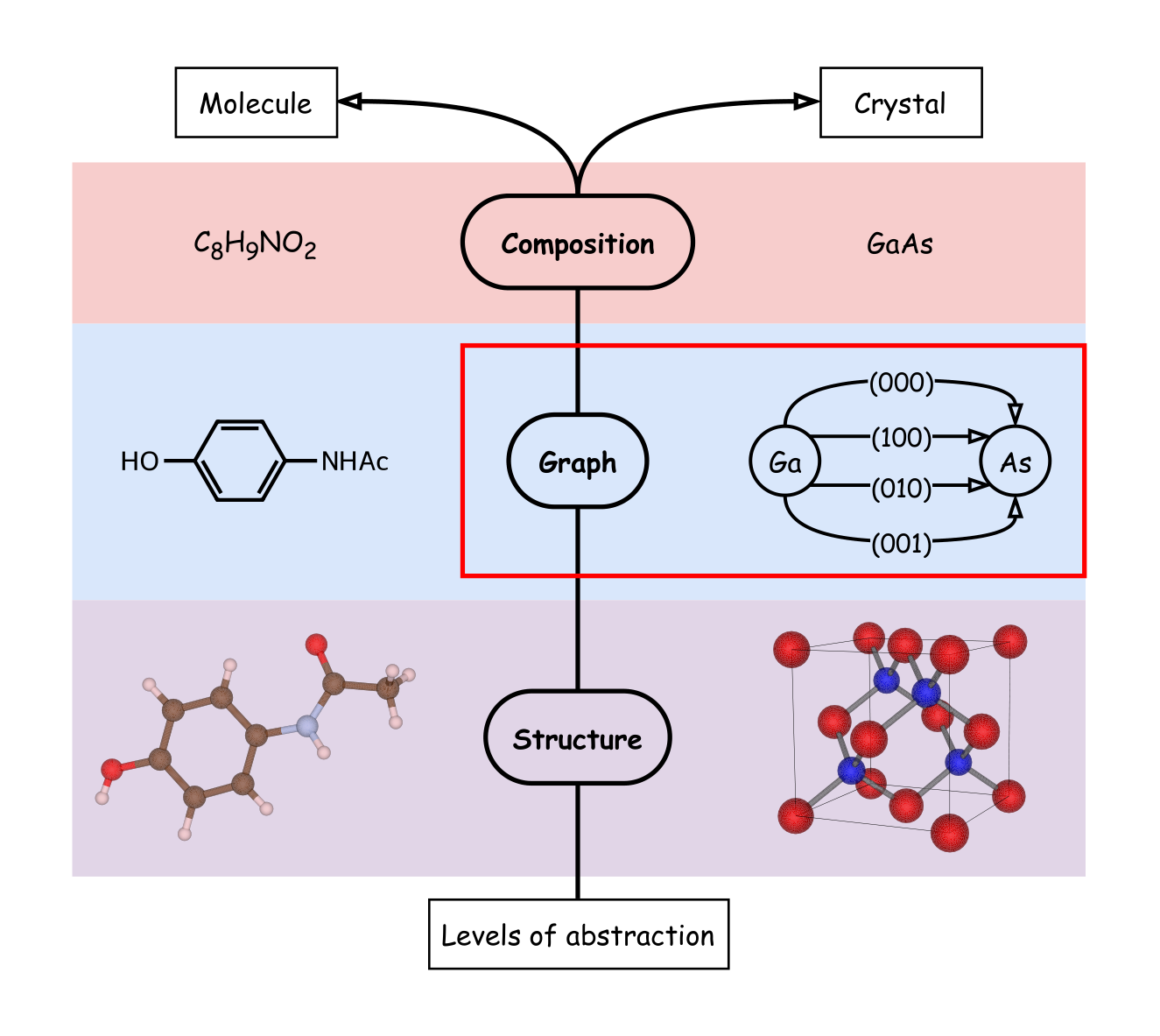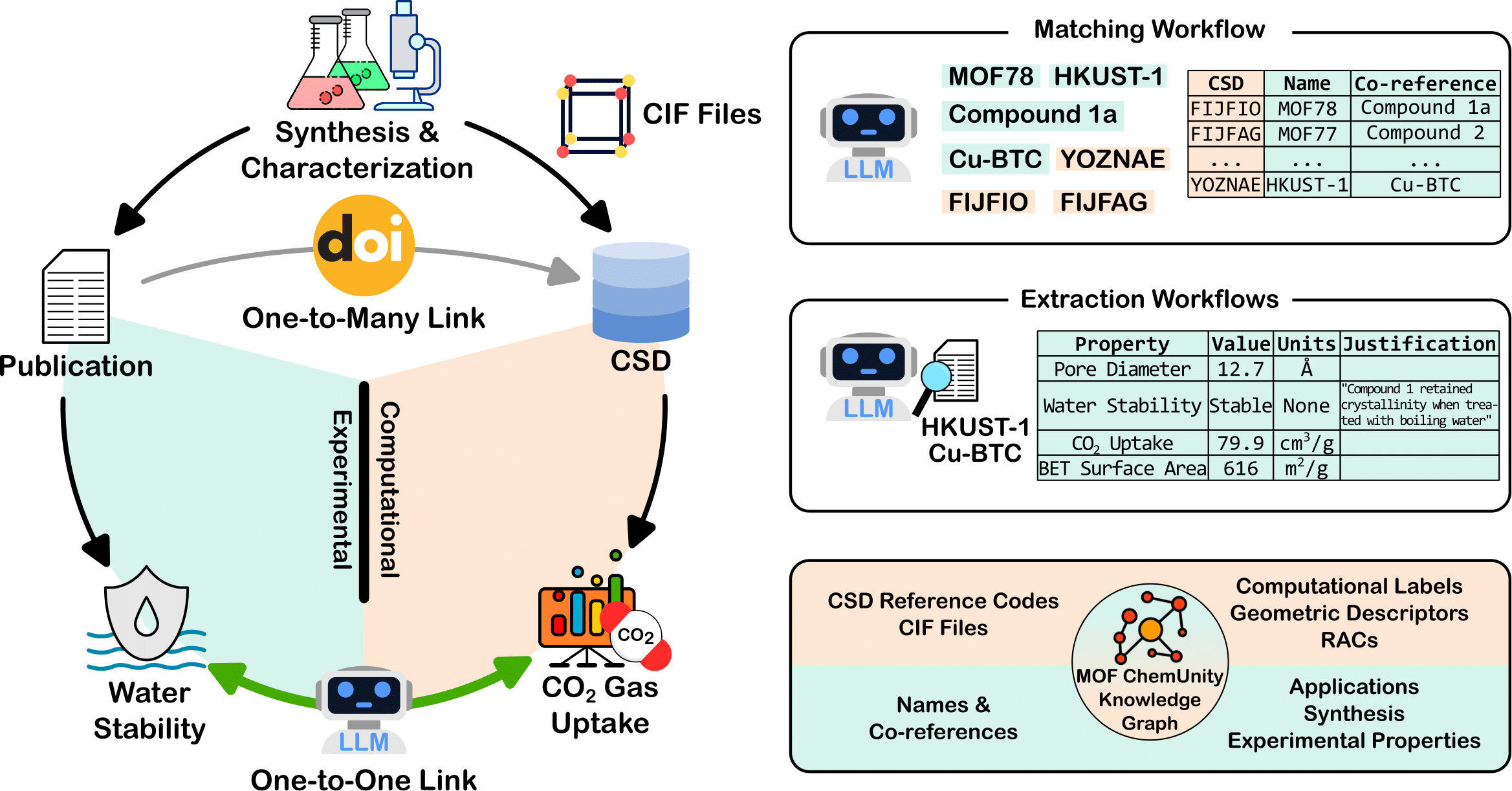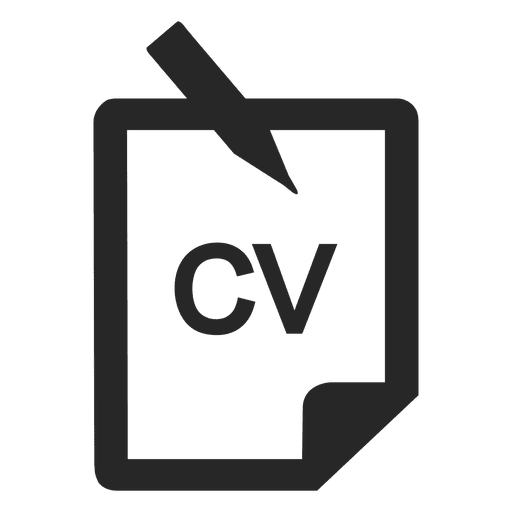
Advancing data-driven materials for climate and energy.
I am a PhD candidate in the Department of Chemical Engineering and Applied Chemistry at the University of Toronto. My work involves building geometry-aware representations of metal-organic frameworks (MOFs) in machine/deep learning. If you ever want to talk about AI, chemistry, material science, computer science or just about life, feel free to contact me!
🧪 Research Interests


Geometry-aware representations for porous crystals

MOF Database Development
🚀 Publications
Please refer to my Google Scholar for my full list of authored works.
-
& (2025). Connecting metal-organic framework synthesis to applications using multimodal machine learning. Nature Communications, 16, 5642.
Khan, S. T., & Moosavi, S. M. (2025). Connecting metal-organic framework synthesis to applications using multimodal machine learning. *Nature Communications, 16*, 5642. https://doi.org/10.1038/s41467-025-60796-0
-
& (2025, March). Capturing global features of crystals from their bond networks. AI for Accelerated Materials Design (ICLR 2025).
Co-first author (equal contribution).Ai, Q., Khan, S. T., Barthel, S., & Moosavi, S. M. (2025, March). Capturing global features of crystals from their bond networks. *AI for Accelerated Materials Design (ICLR 2025)*. https://openreview.net/forum?id=wLSmBbYDY5
-
& (2025). MOF-ChemUnity: Unifying metal-organic framework data using large language models. Under review in Journal of American Chemical Society.
Pruyn, T. M., Aswad, A., Khan, S. T., Black, R., & Moosavi, S. M. (2025). MOF-ChemUnity: Unifying metal-organic framework data using large language models. *Preprint*.
-
…, …, & (2025). 32 examples of LLM applications in materials science and chemistry: Towards automation, assistants, agents, and accelerated scientific discovery. Machine Learning: Science and Technology.
Zimmermann, Y., Bazgir, A., …, Khan, S. T., …, & Blaiszik, B. (2025). 32 examples of LLM applications in materials science and chemistry: Towards automation, assistants, agents, and accelerated scientific discovery. *Machine Learning: Science and Technology*.
-
… & (2025). Thermodynamics-informed machine learning for predicting temperature-dependent chemical properties. Preprint.
Kochi, M. R., Rezaei, H., Khan, S. T., Mamillapalli, B. T., Ebrahimiazar, M., Ye, H., … & Moosavi, S. M. (2025). Thermodynamics-informed machine learning for predicting temperature-dependent chemical properties. *Preprint*.
-
…, … & (2024). Reflections from the 2024 large language model (LLM) hackathon for applications in materials science and chemistry. arXiv preprint (arXiv:2411.15221).
Zimmermann, Y., Bazgir, A., …, Khan, S. T., … & Blaiszik, B. (2024). Reflections from the 2024 large language model (LLM) hackathon for applications in materials science and chemistry. *arXiv* preprint (arXiv:2411.15221). https://arxiv.org/abs/2411.15221
🏆 Awards
Selected scholarships, awards and honours.
-
Queen Elizabeth II Graduate Scholarship in Science & Technology
The Queen Elizabeth II Graduate Scholarship in Science and Technology (QEII‐GSST) program is designed to encourage excellence in graduate studies in science and technology. The program is supported through funds provided by the Ministry of Colleges and Universities and funds raised by the University of Toronto from the private sector. Visit this for more information.
-
University of Toronto Fellowship
Received upon admission into the Masters of Applied Science (MASc) program at the University of Toronto in Chemical Engineering and Applied Chemistry for academic and professional achievements.
-
LLM Hackathon in Chemistry and Material Science
Awarded 3rd place ($250 prize funded by Radical AI and Anthropic) in the LLM Hackathon for Applications in Materials and Chemistry for the development of PoreVoyant - a chemistry-informed AI agent that can generate new linkers to decrease the band gap in metal-organic frameworks while leveraging MOF literature. This work was featured in a Medium Article.
-
Bayesian Optimization in Chemistry and Material Science Hackathon
Awarded 2nd place ($500 CAD prize funded by Acceleration Consortium) in the Bayesian Optimization for Chemistry and Materials Hackathon hosted by Acceleration Consortium at the University of Toronto. The project involved the application of Bayesian Optimization to accelerate the discovery of fluids with the highest heat transfer coefficients. The repository can be found here.
-
NSERC USRA
Award of $6000 CAD issued for completion of 16 weeks of research work for the summer 2020 term and high academic achievements.
🤖 Software and Datasets
Open-source tools and datasets supporting the community.
XRayPro
ThermoML
MOF-ChemUnity
pySolution
🎓 Teaching
Courses and instructional roles.
-
DEL-Bootcamp for Drug Discovery
-
CHE260: Thermodynamics and Heat Transfer
-
CHE333: Chemical Reaction Engineering




